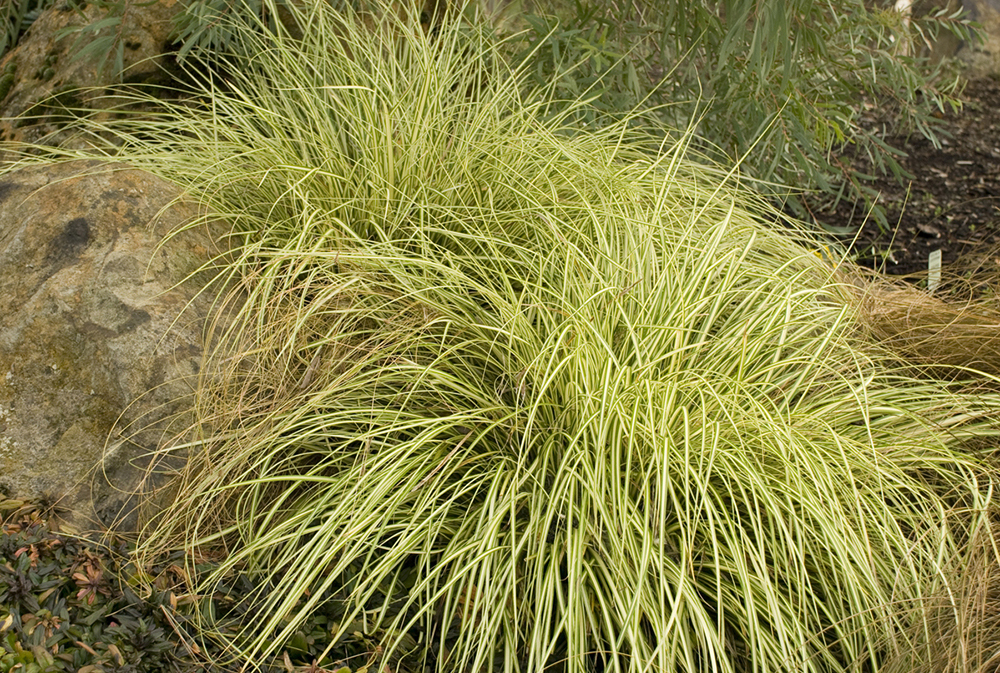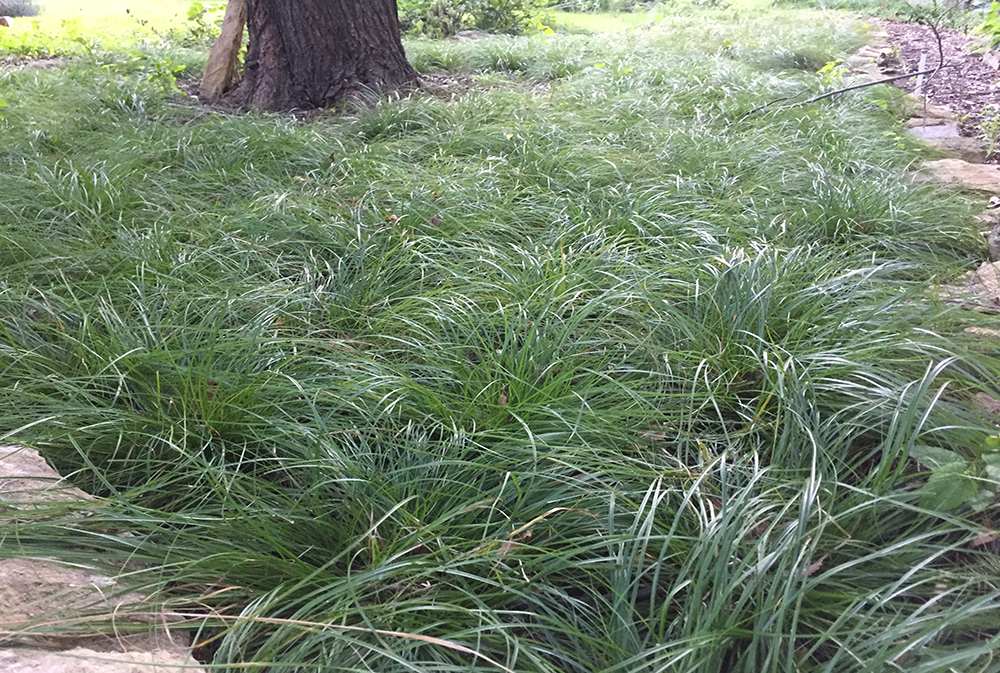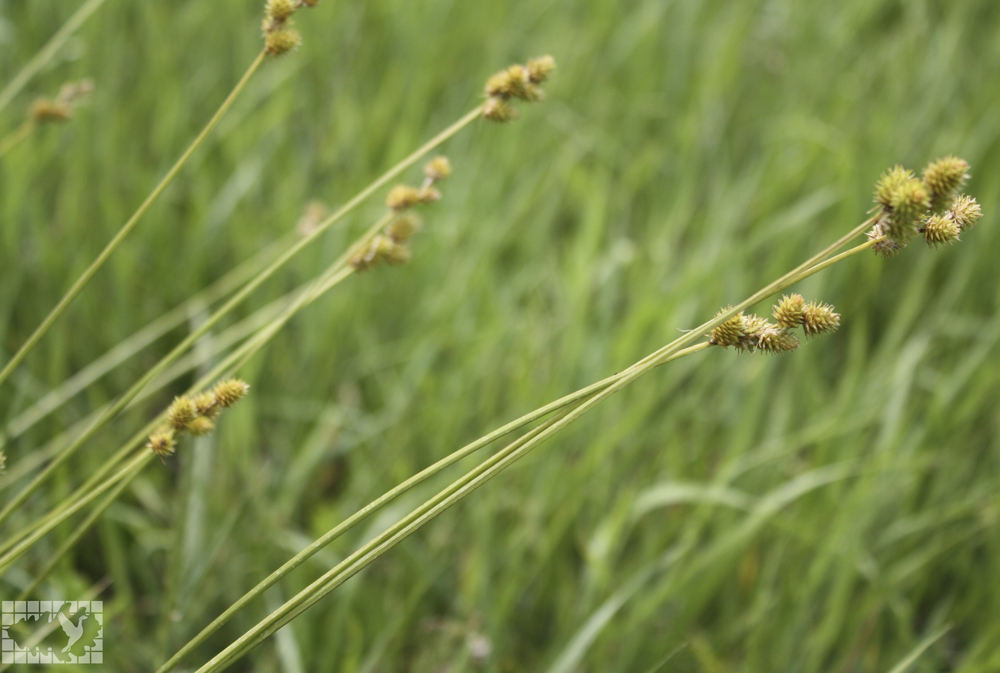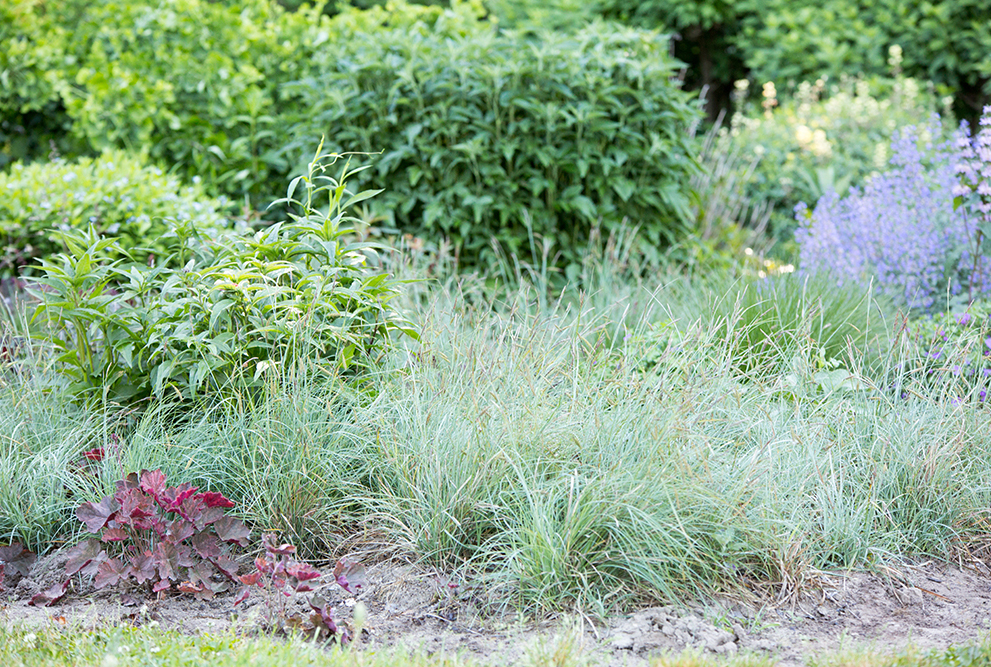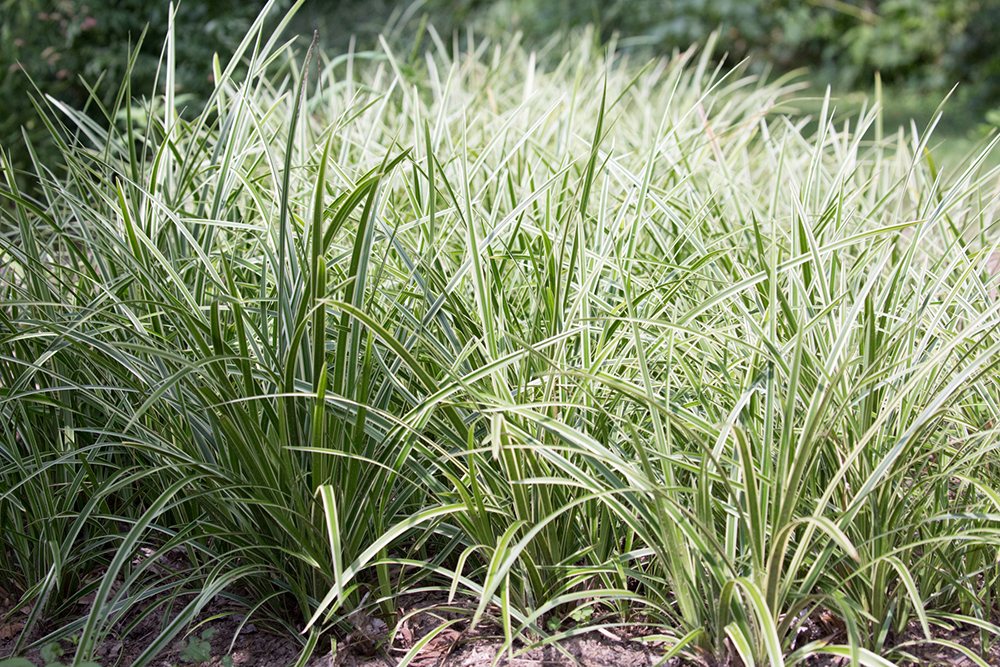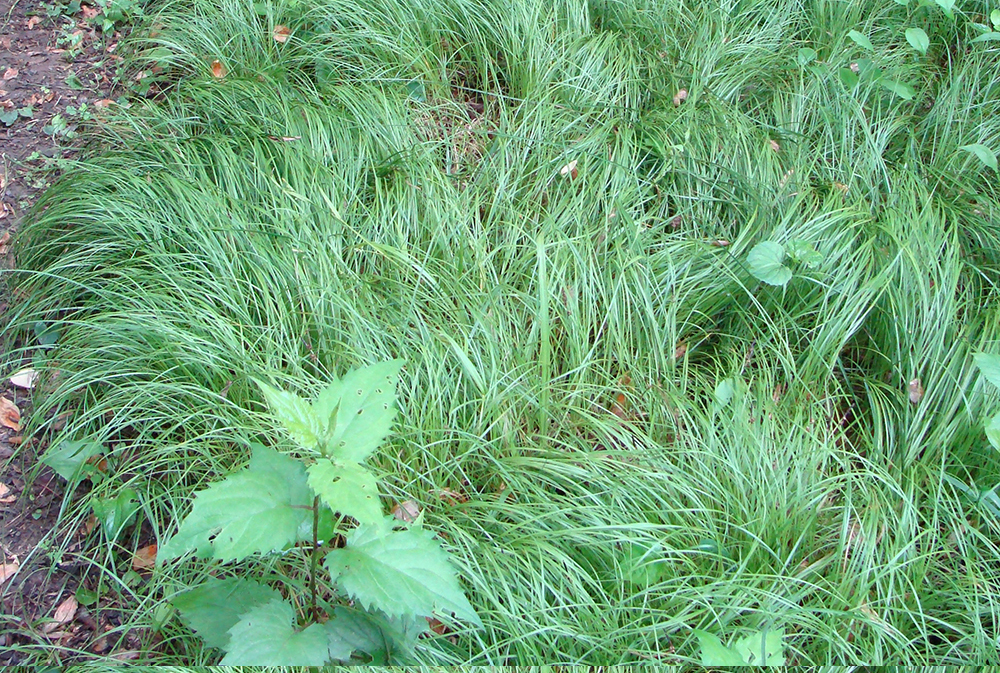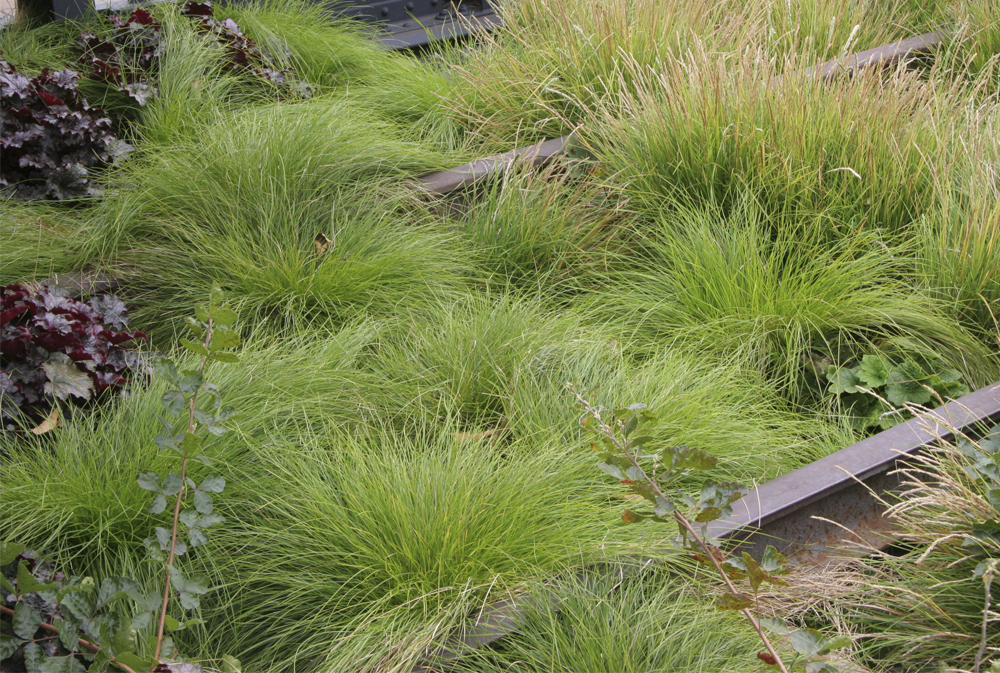Carex
Similar to C. pensylvanica in appearance and cultural preferences but somewhat taller. A great lawn substitute which tolerates dry shade and spreads slowly by rhizomes and seed. Forms densely mounded tufts of upright arching, threadlike, bright green leaves which are topped with tan or brown, scaly flower spikes in spring.
This versatile cool season sedge is native to much of North America. It is often found in dry, sandy or rocky soils, but is versatile enough to tolerate clay, alkaline soils, drought and periodic flooding. Short, mound of finely textured foliage is topped with small, spiky seed heads. Spreads slowly by short rhizomes.
Significantly more blue and taller than the species, this sedge forms a very slowly spreading clump of finely textured, blue-green foliage. It is adaptable to a wide range of conditions but is happiest with some shade and moisture. Insignificant flowers. Introduced by: Emerald Coast Growers.
This award-winning sedge is a spreading groundcover that grows at a moderate pace to form a dense patch of 1/2" wide, dark green leaves with bright white edges that are evergreen in most climates. Its bright variegation lights up shady spots in the garden and in containers. Tolerates a wide range of growing conditions.
This popular native sedge has seen high demand due to its tolerance of drier soils than most species. It forms a soft, sweeping carpet of finely textured, semi-evergreen foliage that is peppered with small, tan inflorescences. It spreads slowly to form a no-mow lawn alternative or groundcover in shady spots.
This native woodland sedge is easy to grow in wet or dry soils along the edge of a border, pond or rain garden. It can also be planted en masse on hillsides or under trees; more shade tolerant than C. pensylvanica. Star-shaped, greenish yellow seed clusters appear above the finely textured, densely mounded foliage. Evergreen in most climates.

